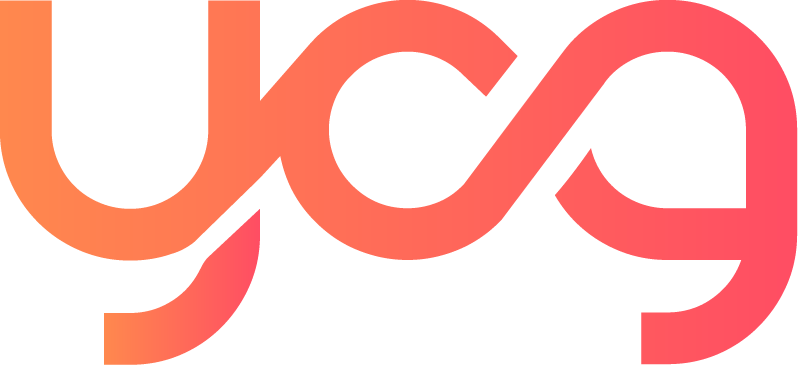
30 Apr Exploring Various Candidate Sourcing Techniques for High-Level Roles
Exploring Various Candidate Sourcing Techniques for High-Level Roles
In the competitive landscape of high-level recruitment, sourcing the best candidates is crucial. This guide delves into innovative and tailored techniques to identify and attract top-tier talent for leadership positions.
Discover why sourcing is a critical component in the recruitment process for high-level roles and how it impacts organisational success.
Traditional vs. Modern Sourcing Techniques
Explore the evolution of the candidate sourcing process from traditional methods to modern, technology-driven approaches.
- Traditional Methods: Job boards, career fairs, and networking events.
- Modern Approaches: Social media platforms, AI-driven tools, applicant tracking systems, and data analytics.
Leveraging Technology for Candidate Sourcing
Examine how cutting-edge technology can enhance the candidate sourcing process, making it more efficient and effective.
- AI and Machine Learning
- Data Analytics
- Automated Talent Platforms
Passive Candidate Recruitment
Learn strategies for identifying and engaging passive candidates who are not actively seeking new opportunities but possess the skills and experience needed for high-level roles.
Building a Strong Employer Brand
Understand the role of a strong employer brand in attracting top talent and how to effectively communicate your organisation's values and culture.
Tailoring Sourcing Strategies to Industry Needs
Customising Sourcing Techniques to Align with Industry Requirements and Organisational Goals
In the dynamic world of recruitment, one-size-fits-all approaches rarely yield optimal results. Tailoring your candidate sourcing strategies to meet specific industry needs and organisational objectives is crucial for attracting high-level talent.
Understanding Industry-Specific Needs
Each industry has unique demands and challenges. For instance, the tech sector might prioritise candidates with cutting-edge skills in AI and cybersecurity, while healthcare may focus on professionals with specialised medical expertise. Conducting thorough industry analysis helps identify these critical requirements.
Adapting Sourcing Channels
Different industries favor different sourcing channels. While social media platforms like LinkedIn are invaluable for corporate roles, niche job boards or professional associations might be more effective for specialised fields such as engineering or academia. Customise your approach by leveraging the most relevant channels for your target industry.
Leveraging Industry Networks
Building relationships within specific industries can significantly enhance your sourcing efforts. Attend industry conferences, join professional groups, and engage in online forums to tap into a network of potential talent who are highly regarded in their fields. Additionally, leverage your current employees' networks by encouraging them to refer qualified candidates from their professional circles. Current employees can provide valuable insights and connections that can lead to top-tier talent acquisition.
Communicating Employer Value Proposition (EVP)
Your EVP should resonate with the values and aspirations of professionals within your target industry. Highlight aspects of your organisation that align with their career goals—be it innovation in technology, commitment to patient care in healthcare, or sustainability practices in environmental sectors.
Utilising Technology Tailored to Industry Needs
Investing in technology solutions that cater specifically to the nuances of different industries can streamline your sourcing process. For example, AI-driven recruiting tools customised for financial services can help identify candidates with precise regulatory knowledge and compliance experience.
Monitoring Industry Trends
Stay ahead by keeping an eye on emerging trends within each sector. This proactive approach enables you to anticipate skill shortages or new role requirements, allowing you to adjust your sourcing strategies accordingly.
By customising candidate sourcing techniques to align with specific industry requirements and organisational goals, you not only attract top-tier talent but also ensure a better fit between candidate capabilities and company needs—driving long-term success for both parties involved. Measuring the Success of Sourcing Strategies
Identify key metrics and KPIs to evaluate the effectiveness of your candidate sourcing efforts.
Conclusion
In the competitive realm of high-level recruitment, innovative and tailored sourcing techniques are paramount. By leveraging both traditional methods and modern, technology-driven approaches, organisations can effectively identify and attract top-tier talent for their open positions. These strategies not only enhance the efficiency of the hiring process but also ensure a better alignment between candidate capabilities and organisational needs. Building a strong employer brand and engaging passive candidates further amplify these efforts, driving long-term success. Ultimately, customised candidate sourcing techniques are essential for securing high-level talent that propels organisational growth and achievement.

